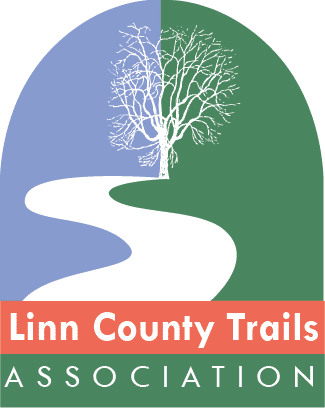Trail corridors can define the vision for trail development and also identify the major connections within the trail system. Corridors may span multiple jurisdictions and better focus on the overall good rather than examining individual trail projects singly. The Corridor MPO is currently involved in prioritizing trail projects submitted by the MPO jurisdictions for possible federal transportation funds. It is very important that the vision for trail development be clearly presented to the public along with a development plan that offers trail system continuity.
The corridors presented here all contain projects that have been proposed for federal funding by the various MPO jurisdictions. Some proposed corridors contain existing trail segments or segments that are planned to use non-mpo funding sources but are important for continuity of the corridor. This prioritization approach requires a two step process; first the corridors are prioritized and then the mpo projects within each individual corridor are prioritized. Funding decisions will still come down to a decision process but the prioritization of the corridors and projects within can provide guidance for an orderly development of the trail system.
An interactive Google map of proposed trail corridors that contain projects needing MPO funding can be seen at: Proposed MPO Supported Trail Corridors. The Google map shows the corridors, the existing trails and the funded trails that I am aware of. The existing and funded trails are in various shades of green: light green are existing bikeways and bike lanes, dark green are funded trails and medium green are the existing trails.
There are other important corridors that do not contain any funding requests from the MPO jurisdictions and not shown on this map. These are generally in heavily developed areas where the only option may be painted bike lanes that do not justify federal funding or they have other sources of funding. While these are very significant they do not directly impact the MPO prioritization effort and not included for clarity.
A pdf document listing the of 14 proposed primary corridors plus 3 other groups of submitted projects can be seen at: https://linncountytrails.org/wp-content/uploads/downloads/2013/05/MPO-Corridors.pdf
Each corridor identifies a jurisdiction’s submitted projects and the other segments in sequential order. In some cases a critical segment was not submitted to mpo because it would have other funding. These trails, such as Marion Tower Terrace Trail for example, are still included in the corridor specification It is important that each corridor show its complete span. Other cases like Edgewood Corridor requires the Wiley Blvd trail segment for continuity so it was added. All proposed corridors contain at least one submitted mpo project.
The Hwy 100 connection to Wickiup was included in the Hwy 100 corridor even though it is not part of the corridor but the corridor must be constructed for the Wickiup connection to be viable.
I have reservations about the feasibility of some of the proposed projects and so did not include them in the 14 corridors or I added a disclaimer.
- Seminole Valley Trail would be a great trail but unfortunately (for trails) the railroad has upgraded the track since the Comprehensive Trails Plans was published and it is now heavily used. The cliff and the river make access very difficult.
- Prairie Creek Trail Segment 3 and Fairfax Prairie Creek Trail are along a winding creek, near railroads and difficult access.
- The eastern portion of Dry Creek Trail Segment 2 is nearly parallel with Lindale Trail and so I suggest that that portion be delayed since connections can be achieved with the Lindale Trail.
- The Fairfax Vanderbilt and Amana trails are isolated and will probably have to stand on their own. I am disappointed that the jurisdictions did not include a Fairfax connection to Edgewood Trail other than Prairie Creek Trail segment 3 which may never be built.
- The two bridges over the Cedar River would be good, but do not appear to fit into a corridor and better addressed as separate projects for grant requests.
John Wauer
